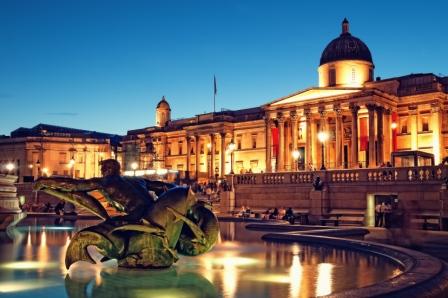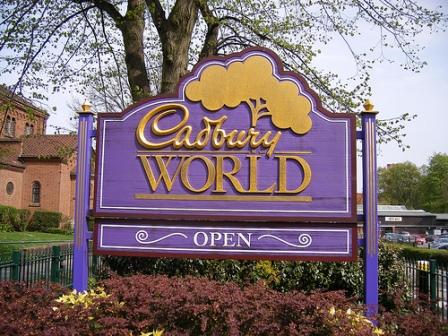With a population of nearly 600,000, Glasgow is the biggest city in Scotland and the third largest in the UK. However, throughout much of its history it has been an even bigger and more central city in Europe.
After playing a central role in the Scottish Enlightenment in the 18th century, Glasgow became one of the world's centres of heavy engineering during the Industrial Revolution. By the late 19th century, its population had reached over one million, making it the fourth largest city in Europe. However, after the relocation of many of its inhabitants throughout the twentieth century, the city of Glasgow gradually shrunk to its current size. Despite this, the whole surrounding conurbation area is still home to 2.3 million people today, amounting to 41% of Scotland's population.
Today, Glasgow has all the cultural, sporting and retail features that you would expect from a city of its size. In particular it has a rich cultural scene with a wide choice of music venues, museums, theatres and galleries, as well as a deep sporting passion.








 Culturally, London caters for all ages, tastes and interests, but in particular students and young people. There is a carefully crafted mix of history alongside the contemporary.
Culturally, London caters for all ages, tastes and interests, but in particular students and young people. There is a carefully crafted mix of history alongside the contemporary. Black Sabbath and Led Zeppelin, to the modern day Editors and The Streets. This heritage is continued through some great music venues in the city, including the Custard Factory and Midlands Arts Centre. Equally, for the classical music lovers, the Symphony Hall is often considered the best concert hall in Europe.
Black Sabbath and Led Zeppelin, to the modern day Editors and The Streets. This heritage is continued through some great music venues in the city, including the Custard Factory and Midlands Arts Centre. Equally, for the classical music lovers, the Symphony Hall is often considered the best concert hall in Europe.